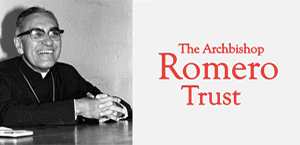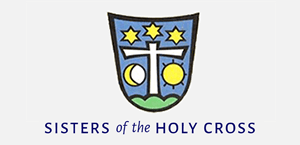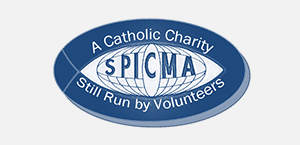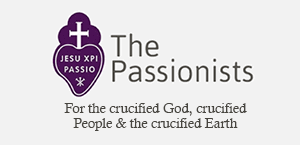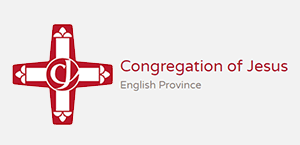Gospel in Art: Feast of Saint Thomas, Apostle
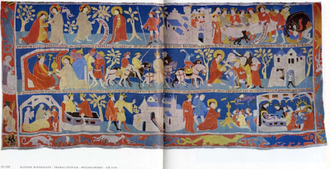
The Thomas Tapestry or Thomasteppich, Wienhausen Monastery, Lüneburg, 14th C © Lüneburg Monasteries Textil Museum, Germany
Source: Christian Art
Gospel of 3 July 2025
John 20:24-29
Thomas, one of the Twelve, called the Twin, was not with them when Jesus came. So the other disciples told him, 'We have seen the Lord'. But he said to them, 'Unless I see in his hands the mark of the nails, and place my finger into the mark of the nails, and place my hand into his side, I will never believe.'
Eight days later, his disciples were inside again, and Thomas was with them. Although the doors were locked, Jesus came and stood among them and said, 'Peace be with you.' Then he said to Thomas, 'Put your finger here, and see my hands; and put out your hand, and place it in my side. Do not disbelieve, but believe.' Thomas answered him, 'My Lord and my God!' Jesus said to him, 'Have you believed because you have seen me? Blessed are those who have not seen and yet have believed.'
Reflection on the Medieval Wallhanging
Today we celebrate the feast of Saint Thomas the Apostle, often remembered by the somewhat limiting title of "Doubting Thomas." Yet his story reveals far more than just doubt; it reveals courage, honesty, and ultimately, a profound leap of faith. When Jesus set out for Judea knowing the danger that awaited him, it was Thomas who bravely said to the others, "Let us also go, that we may die with him." And in today's Gospel, when Thomas finally encounters the Risen Christ face to face, he moves beyond doubt to make one of the most profound declarations in all of Scripture: "My Lord and my God." In this moment, Thomas recognises both the humanity and divinity of Christ: "my Lord" pointing to the incarnate Jesus he had known, "my God" affirming his divinity, now gloriously risen.
Our own journey of faith is rarely free from questions or uncertainties. As Saint Paul writes in 1 Corinthians, "Now we see through a glass, darkly." Doubts are not signs of weak faith, they are rather the shadows cast by our longing to see clearly! Thomas did not walk away from his doubt; he faced it, voiced it, and brought it before Christ... and that honesty was rewarded. His story invites us to do the same. When we bring our questions into dialogue with Scripture, with the Church, and most importantly with Christ Himself, our faith is strengthened, not diminished.
Our 14th-century tapestry known as the Thomas Tapestry or Thomasteppich, originating from the convent of Wienhausen in northern Germany, vividly illustrates the life and legend of Saint Thomas the Apostle. Comprising three horizontal rows of interconnected scenes, the tapestry narrates episodes drawn from apocryphal texts, particularly the Acts of Thomas, and later adaptations like the Legenda Aurea. The sequence begins (top left) with today's Gospel passage where Thomas verifies Christ's resurrection by touching His wounds. Subsequent scenes depict Thomas's missionary journey to India, his evangelical efforts, and his eventual martyrdom. Notably, the final scene portrays a unique legend wherein Thomas, after his death, returns to celebrate Mass and receive communion with the faithful, a narrative attributed to the 14th-century mystic Hermann von Fritzlar.
LINKS
Gospel in Art: https://christian.art/
Today's Reflection: https://christian.art/daily-gospel-reading/john-20-24-29-2025/ (with audio)









